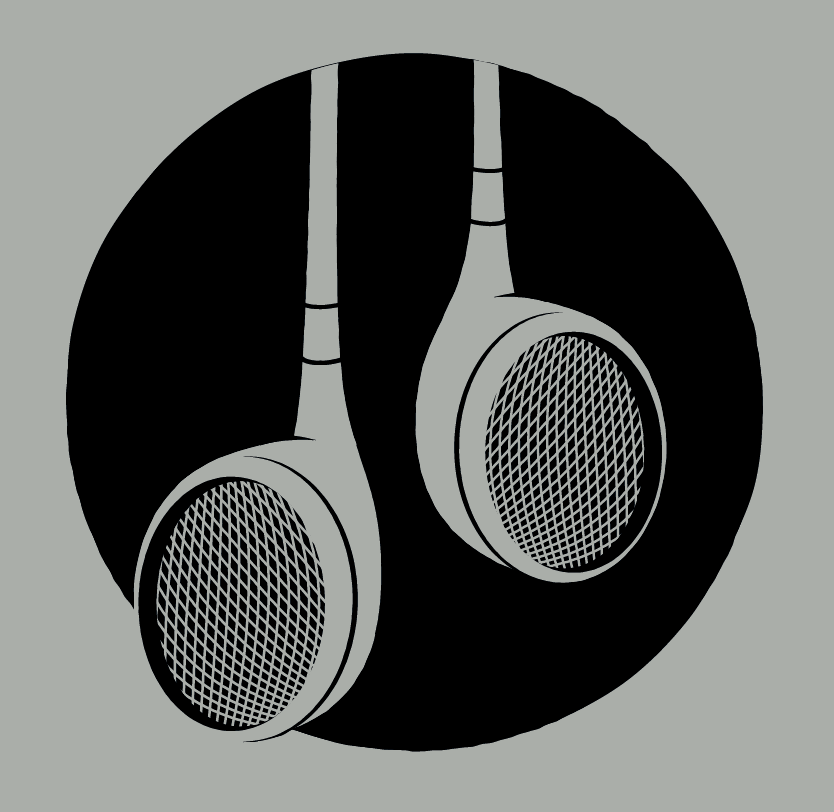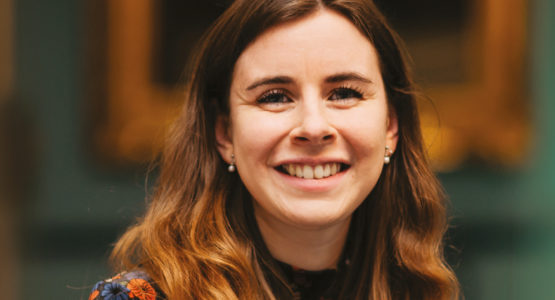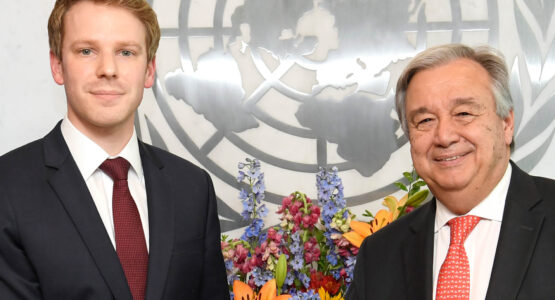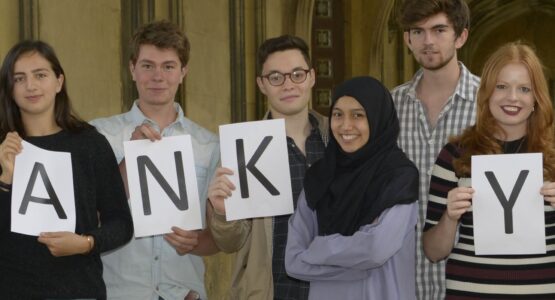Anna Gower (1993) is a teacher and musician who currently works as Head of Primary Music at an international school in Thailand. Her experience of teaching and playing music has led her to develop her own resources and programmes to support other music teachers. Here she considers the music that is most meaningful to her.
I was fortunate to grow up around music. I went to a small village school, singing every day. We learned to play the recorder and had a thriving local music centre. Alongside music at school, I took piano and clarinet lessons and sang in the church choir. At secondary school, the music department became my second home. Unusually for a state school, there were many opportunities to play and sing at local and national level, and it seemed natural to continue my musical journey as an undergraduate.
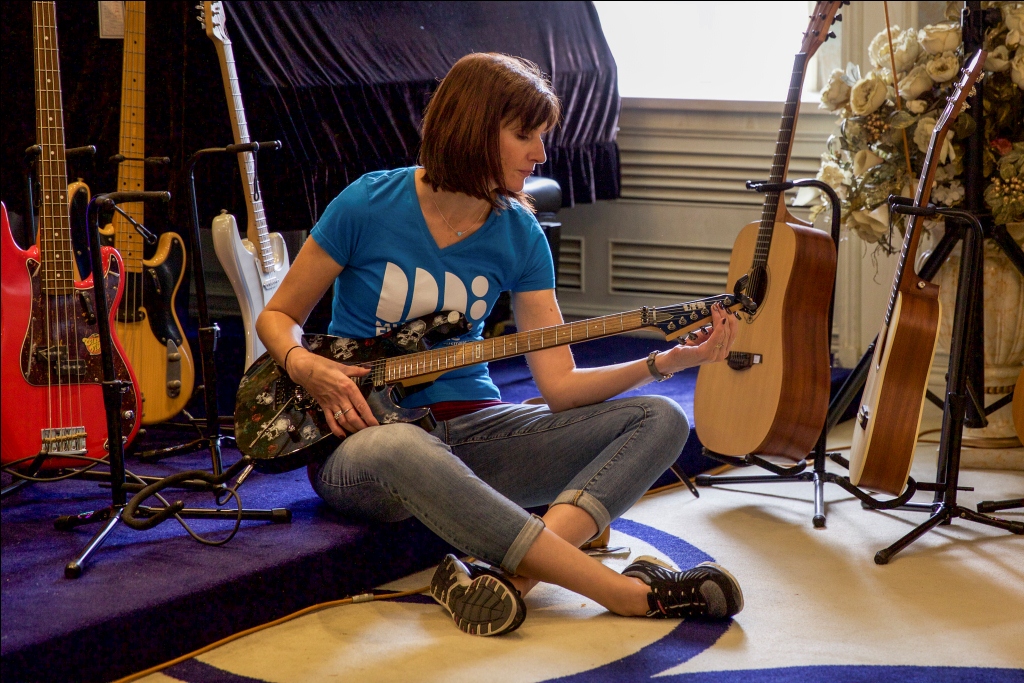
I took a year out after graduation and started teaching one-to-one and small group lessons. Undecided about a career path, I enrolled in a Music PGCE course and found a passion for creating projects for the students that existed outside of the fixed curriculum boxes.
My favourite things about teaching are putting the pieces together to create a journey for learners and the joy of ‘I did it’ and ‘I can do it’ moments that children can experience through music. I like pushing boundaries – one size does not fit all when it comes to music and as music teachers, we have a degree of flexibility that allows us to be creative with our planning.
There are many benefits of learning music, from promoting wellbeing to improving language abilities, social skills and much more. Music also provides a feeling of validation for children that something they love and care about can also be valued in school. For some children it can help them find their place in a large school community. For others they can excel in ways that don’t rely on reading, writing or sitting in silence for long periods of time.

Music is social; to play together you have to develop empathy and ways to communicate that are unique to the people in the room. Each musical experience is different in that you never play the same thing the same way twice, and learning to find your place within that musical moment is at the heart of making music together.
A few years into my teaching career, I was invited to take part in a pilot project called Musical Futures at my school. At its heart is ‘informal learning’, an approach to music where students take ownership over what and how they learn, guided by the teacher.
This project had an amazing impact on the way music was taught in the school and on the way I viewed my own role as a music educator and learner myself. I realised that how I had been taught music, through instrumental playing and music theory, was never going to work in a room full of teenagers, all of whom had their own musical interests and passions outside the classroom, grown from the music they surrounded themselves with or were immersed in outside the classroom.
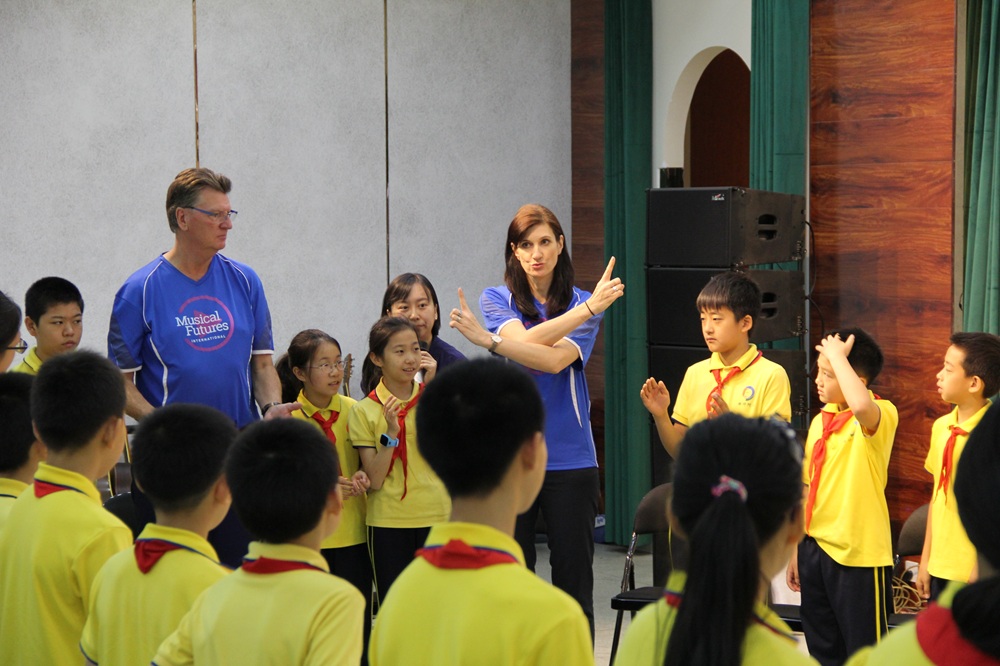
I was invited to share my experiences with other teachers, initially through presentations and then by developing practical workshops that allowed teachers to experience the ideas as learners themselves. Alongside my teaching job, I was asked to join the project team as a consultant, which eventually took me across the world to work with teachers in Australia, Asia and the Middle East, and I even worked with piano teachers in China with whom I shared no language and very few common music education experiences.
Some of the key resources and programmes I developed include:
#Mufuchat
During the pilot phase of a new project, I suggested we make resources open source so that teachers anywhere in the world could join in. We encouraged teachers to join for a weekly ‘chat’ on Twitter to share what was happening. By doing this, we were able to adapt the materials in real time in response to what was happening in classrooms, and this project engaged teachers across the world creating what I believe was a truly unique online community of practice that continued for many years.
Just Play
In 2014 I was fortunate to attend some workshops in America which used popular music as the basis for bringing new programmes into school. On return to the UK, I developed a new unit of work inspired by this but tailored very much to the UK school system. Through a mixture of using and adapting the American resources in my own classroom and working with a team doing the same in Australian Government schools, I was able to create what then became one of the most popular Musical Futures programmes that is still used in schools worldwide today.

An international school music teacher is so much more than a classroom teacher. We are event managers, project managers, strategic planners, trip organisers, curriculum designers, conductors, music arrangers – on and on the list goes. Music is an essential part of international school life. We are fortunate to have specialist music teachers, generous curriculum time and well-resourced facilities. It allows me to explore the potential of informal learning in the primary music curriculum and to think about what musical progression really looks like when children have opportunities for in-depth and consistent learning through music across their whole school career.
I would like to see music become a valued and essential part of school life in all schools for all the benefits it brings to children and to the wider school community.
Bryan Adams, Heaven (1984)
Early in my career one of my students was sadly killed in a car accident which left our small school community reeling. A group of his friends asked to arrange a concert in his memory, taking on the organisation themselves. At the end of the concert one of the girls sang this song. Her voice was full of the emotion and grief that we were all feeling. It was a performance I will never forget as it showed me how music can be such a powerful tool for communication, conveying the deepest of emotions, marking moments in our lives in ways that nothing else can. I find it hard to hear this song even now.
The Troggs, Wild Thing (1966)
When my sons were six and eight they were given some hand-me-down guitars. The oldest started a band with some friends, one boy whose dad played guitar and another lad from our street as the drummer. I saw the informal learning that Musical Futures is based on happening in real time in my front room. The children picked this song because it meant something to them. They taught it to each other, then created their own version, adapted to the group as they played. Later I heard my younger son sitting on his own picking out the riff by ear on his guitar and singing. There was no intervention by adults; the children were able to create something that truly belonged to them. They were very proud performing it in their school assembly.
JVKE, Golden Hour (2022)
Fast forward many years, and on the other side of the world in my current school in Bangkok, I heard this song being played on piano in a common area of the school. Children like to go there and play, sometimes alone, sometimes with friends. These days if children want to learn something, rather than go to a teacher or friends, they go to YouTube and teach themselves. The child had spent many hours with a tutorial for the song. Each day I heard them add more of it, until one day I heard the whole song. Over time, other children had also heard the song come together and soon there was a group around the piano, all connecting through the learning journey of this child who had chosen what he wanted to play, found a way to do it and achieved his goal through informal learning.
Ed Sheeran, Shape of You (2017)
I use this song when I need to get teachers hearing and playing music together quickly by ear. It has a catchy riff, simple chord progression and is a song most people know. Unless they are piano teachers in China… Working in China was an amazing challenge. Sharing no language meant that I had to teach only through music. Workshops were also never as expected. At one conference we were told to expect 20 teachers and were given a few keyboards and some drumsticks for them to use. The reality was 100 people in one small room, so we threw out our lesson plan and decided to use voices, body percussion and the instruments we had around us to create a huge jam of this song. Whether they understood the core principles of Musical Futures I don’t know, but it sounded amazing and ended up being great fun!
Dragon, April Sun in Cuba (1977)
As Musical Futures expanded in Australia, we came together for a conference in Melbourne. Some delegates had attended workshops led by the team there, others had come across it through the online network and #mufuchats. We finished with a jam of a medley of songs played on classroom instruments with teachers grabbing instruments and just joining in. When this song came on, the room exploded with everyone around me singing, dancing and playing. The sense of fun that came with the removal of some of the connotations that come with formal music education – that performances have to be polished, rely on notated music, accompanied by strict traditions – were gone. This was everything that I felt I wanted for my own students. For them to have the confidence to sing, play, join in and enjoy coming together through music was the perfect inspiration to take back into my classroom.
To find out more about Musical Futures or St Andrews International School Bangkok, you can click on the links below.
Written by
Every issue of Johnian magazine includes a playlist feature article, in which an alumnus/a submits their top tracks alongside details about their lives.


